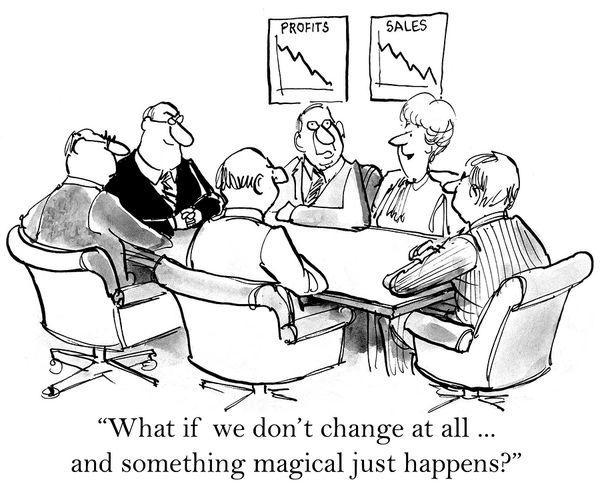THE WORLD’S #1 EXECUTIVE COACHING AND BUSINESS COACHING BLOG SINCE 2017.
How to Build a Culture of Strategic Thinking
June 4, 2020 | Category: Blog, Intelligent Leadership | Last updated on: March 12, 2025

Do you feel that the pressures to meet today’s needs completely consume you and your team? Are you aware that focusing exclusively on streamlining operations, reducing costs, and eliminating errors may threaten your company’s long-term survival?
To address these problems, you need to invest time, energy, and resources into developing a vision, building strategy skills, and drawing up a viable strategic plan. You need to develop strategic thinking and create a culture of strategic thinking within your organization.

Strategic thinking is the key to the long-term survival of your organization.
What does this mean and how do you achieve it?
All change starts at the top, so your first step is to focus on a personal level. In my latest books, I have defined strategic thinking as a top outer-core leadership competency. I have also drawn up a series of concrete steps to help you develop this competency:
- Know the business environment.
- Fully understand the business on the level of your organization.
- Create a compelling vision.
- Define a viable mission.
- Develop synergistic strategies.
- Set quantifiable goals.
- Design successful tactics.
Your next step is to propagate strategic thinking throughout your organization, at every leadership level. To create a culture of strategic thinking permeating every operational aspect, you need to take a few additional steps:
- Alter beliefs.
- Communicate your compelling vision and viable mission.
- Establish expectations.
- Fight resistance.
- Promote problem-solving and cooperation.
- Track progress and reward strategic thinking.
Altering Beliefs
To create a strategic thinking culture, you need to build up the right mental framework. Let your reports know that strategy is everyone’s responsibility and that it is critical. Lead by example.
Communicating Your Strategic Plan
The strategic plan includes your compelling vision and your mission, both defined based on the core values of your organization. Every member of your organization should know this plan and understand the expectations it creates.
Your plan should be concrete. It should allocate resources, set timelines, and define tactical actions.
Establishing Expectations and Holding People Accountable
Your leadership strategy should establish expectations for every employee, manager, and senior leader. Leaders on every level have to hold their reports accountable for fulfilling these expectations. They also have to provide coaching and feedback as needed.
Fighting Resistance
Belief in magic is NOT a leadership competency.
In every organization, some people resist change out of a natural proclivity to preserve a state of relative comfort. This is the type of resistance you need to overcome as a leader. Address the problem by showing such employees the benefits of change and offering them support. If you manage to help them overcome their barriers, you may turn them into your best strategic thinking allies.
Encouraging Collaboration and Problem-Solving
To hasten the adoption of a culture of strategic thinking, you need to make it a part of your employees’ routines. You need to turn strategic thinking into a habit. You can best achieve that by encouraging problem-solving behavior on every organizational level.
Tracking Progress and Rewarding
Positive reinforcement is a powerful behavior-influencing tool. Those rewarded for a certain type of behavior are more likely to repeat that behavior and eventually adopt it as a habit.
Recognize the merits of your employees in the execution of your strategic thinking plan. Acknowledge the progress that they make and devise a reward system.



